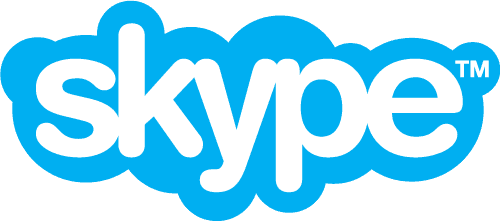
- SKYPE FOR BUSINESS LOG FILES CUI UPDATE
- SKYPE FOR BUSINESS LOG FILES CUI SOFTWARE
- SKYPE FOR BUSINESS LOG FILES CUI PC
- SKYPE FOR BUSINESS LOG FILES CUI MAC
Since scheduling data and address lists were also stored locally in these postoffices, moving schedule and global address book information required yet more, separate agents called Dispatch and Microsoft Schedule+ Distribution Agent. Also, a single postoffice was limited to 500 mailboxes a large enterprise would require many postoffices and many MTAs to connect these postoffices.

Mailing lists were similarly problematic.

A complete lack of distinction between "header" and "envelope" addressing data meant that now-standard functionality such as Bcc: could not be implemented. The database design and passive nature of the server both created several weakness. This ran in the OS/2 subsystem of Windows NT and Windows 2000, and consisted mostly of the Version 3.2a External with wrappers containing hooks allowing control by NT administration utilities.
SKYPE FOR BUSINESS LOG FILES CUI PC
A version of External for OS/2 1.31 was added with Microsoft Mail for PC Networks version 3.2, and a multitasking MTA for Windows NT was added with version 3.5. Mail that needed to travel between postoffices were moved by an external MTA called External (external.exe), which originally ran on MS-DOS. Clients also acted as Message Transfer Agents (MTAs) for their own postoffices, moving around messages on the postoffice as needed, including queueing messages for outbound delivery to other postoffices, and processing messages queued as arriving from external sources. Clients used mapped network drives and file sharing to write mail to the postoffice. Microsoft Mail was a shared-file mail system the "postoffice" was a passive database of files which could reside on any file server. Microsoft Mail Server was eventually replaced by Microsoft Exchange Microsoft Mail Client, Microsoft Exchange Client, and Schedule+ were eventually replaced by Outlook (Windows and Mac). The original "Inbox" ( Exchange client or Windows Messaging) of Windows 95 also had the capability to connect to an MS Mail server.
SKYPE FOR BUSINESS LOG FILES CUI SOFTWARE
The client software was also named Microsoft Mail, and was included in some older versions of Microsoft Office such as version 4.x. The last version based on this architecture was 3.5 afterwards, it was replaced by Microsoft Exchange Server, which started with version 4.0. A stripped-down version of the PC-based server, Microsoft Mail for PC Networks, was included in Windows 95 and Windows NT 4.0.
SKYPE FOR BUSINESS LOG FILES CUI MAC
Versions 3.0 through 3.5 included email clients for MS-DOS, OS/2 1.31, Mac OS, Windows (both 16 and 32-bit), a separate Windows for Workgroups Mail client, and a DOS-based Remote Client for use over pre- PPP/pre- SLIP dialup modem connections. This version included Microsoft's first Global Address Book technology and first networked scheduling application, Microsoft Schedule+.
SKYPE FOR BUSINESS LOG FILES CUI UPDATE
Following the initial 1991 rebranding release, Microsoft issued its first major update as Version 3.0 in 1992. It was based on Network Courier, a LAN email system produced by Consumers Software of Vancouver BC, which Microsoft had purchased. The second Microsoft Mail product, Microsoft Mail for PC Networks v2.1, was introduced in 1991. It was later sold off to become Star Nine Mail, then Quarterdeck Mail, and has long since been discontinued. An MS-DOS client was added for PCs on AppleTalk networks. It was based on InterMail, a product that Microsoft purchased and updated.

.jpg)
The first Microsoft Mail product was introduced in 1988 for AppleTalk Networks.


 0 kommentar(er)
0 kommentar(er)
